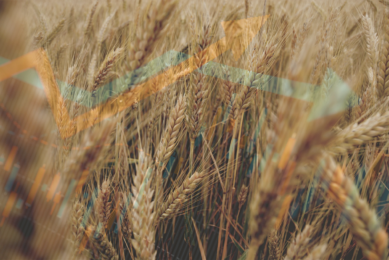Meat is catching up in Japanese diet
It is very likely that soon meat will be the number one protein source in Japanese diets and overtake fish, because of higher prices and a growing sense that preparing seafood is messy and complicated, a government report said this week.
Rising demand from other countries, including China, has helped push fish
prices higher in recent years, particularly for higher-end items such as tuna,
and quota reductions have added to the pressure.
The fisheries white
paper for the fiscal year to March 31 said the Japanese consumers bought an
average 12.7 kg of seafood per person in 2005, compared with 12.6 kg of
meat.
Fish purchases peaked in 1965 at 16 kg per person, compared with 6
kg of meat, but they have declined steadily since then as meat purchases
rose.
Meat is main
Asked to name the main part of their meals,
56% of respondents in the latest survey said meat, compared with only 11% who
said fish. One-third said their meals were about evenly divided.
Of those
who chose meat, 32% said they did so because people in their family, especially
children, didn’t like fish, and 31% said fish was more expensive.
Fish
is messy and smelly
Another 25% who said cooking fish was “a nuisance,”
the report said. A full 70% of women in their 30s said they did not gut and
slice fish to prepare it for cooking. Other reasons given for not cooking fish
were that it was messy and left a fishy smell in the house.
Growing
global health consciousness has pushed up demand for fish higher overseas,
whittling down Japan’s portion of international catches and pushing prices
higher.










